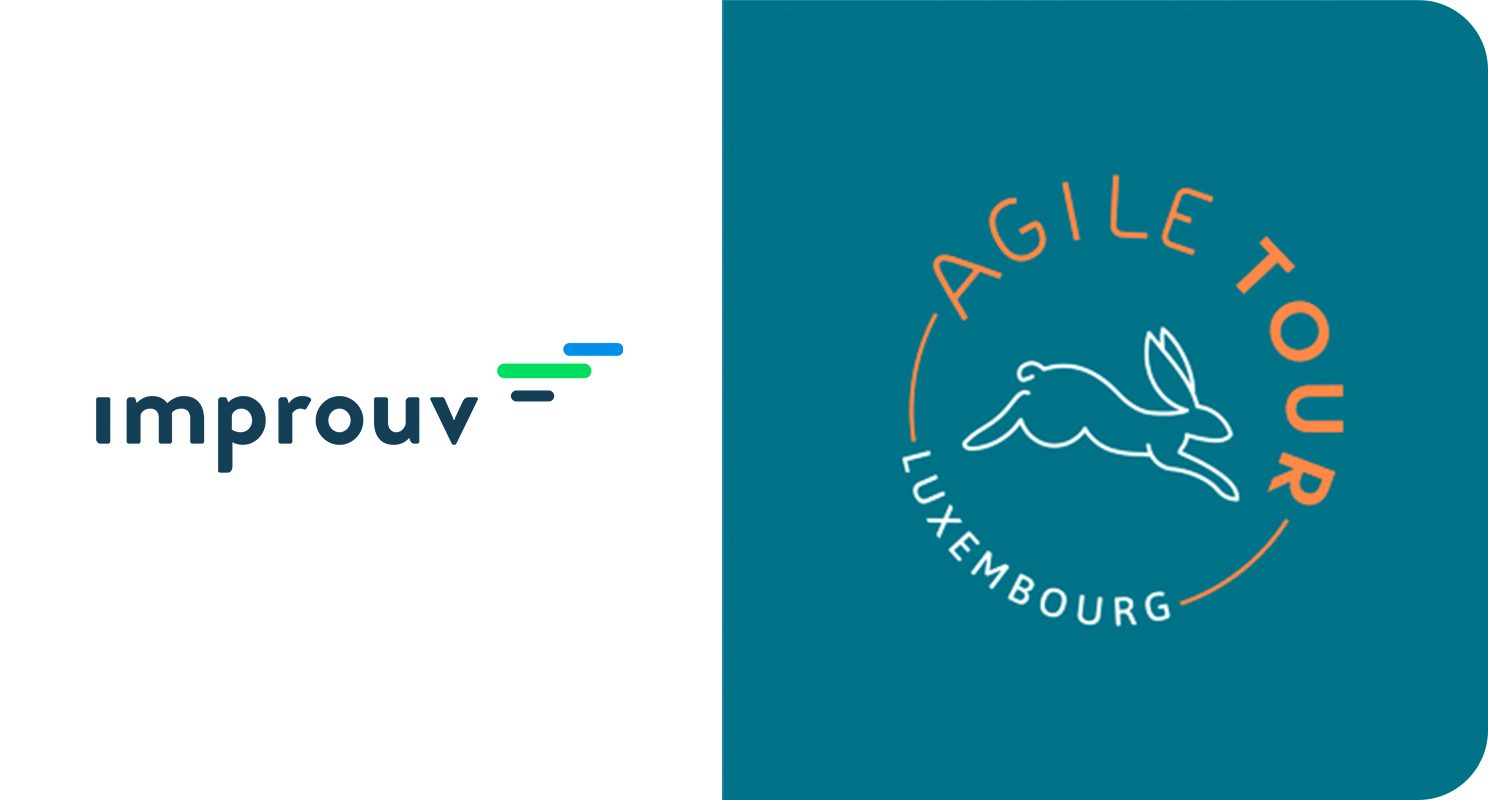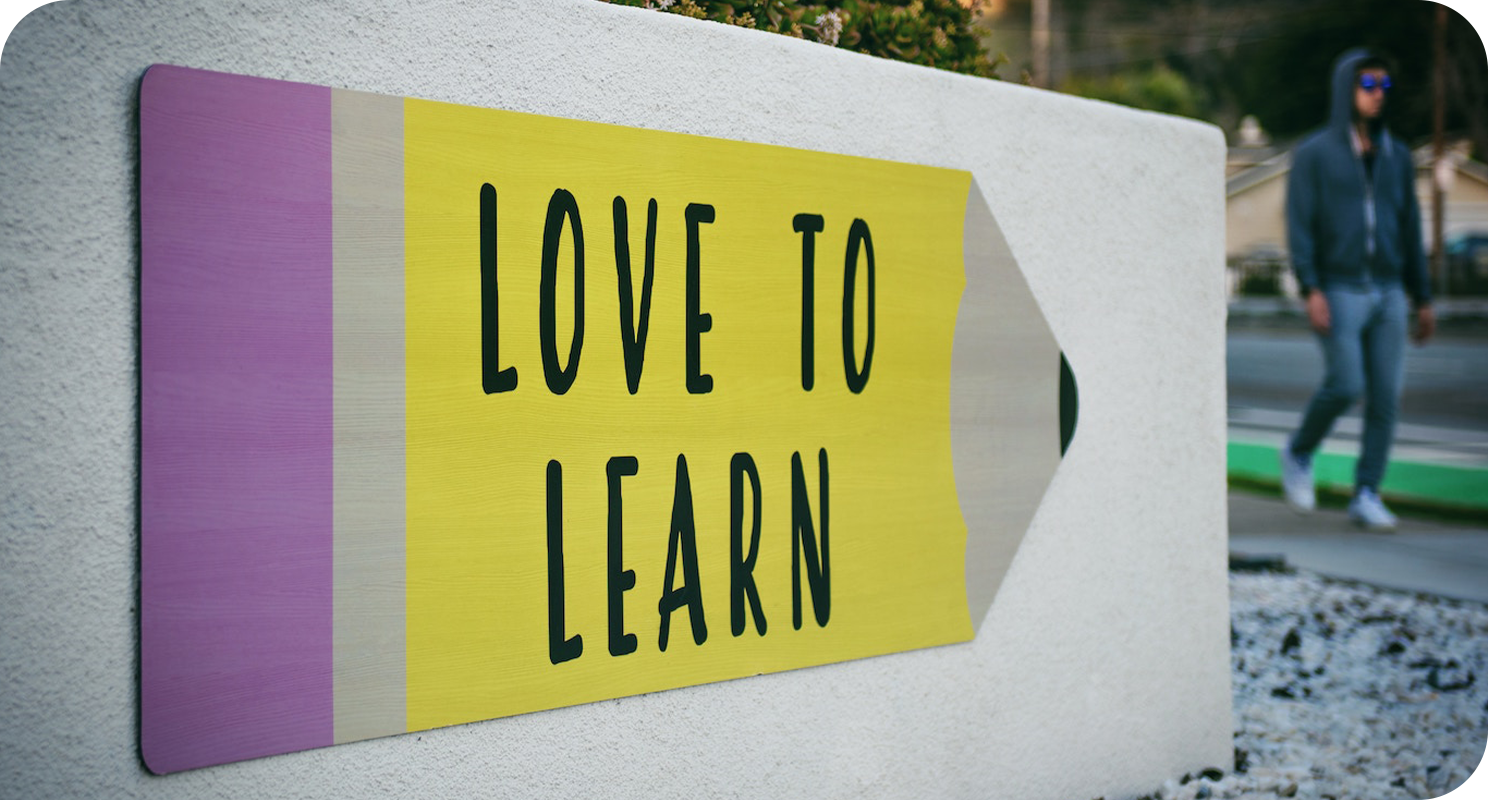Hello, and welcome to this short blog on Lean Agile Portfolios.
In this blog I´ll cover three things. First, what do we mean by a Portfolio. Second, what common characteristics do we observe in Lean Agile Portfolios, and third, what pragmatic steps have our customers taken to start transforming to a Lean Agile Portfolio. But before I start, I´d like to mention why this is an especially important theme at this point in time. There are really two things.
Enterprise Agility, not just Team agility in times of rapid change
Customers have come to us recently expressing the concern that, while “Lean Agile” is starting to be adopted and lived at the team and program level, their overall strategic and budgeting process is still base around traditional project portfolio management, yearly budgeting, and a focus on funding projects and not the people and teams who deliver value. These companies are finding that they cannot reach their enterprise business goals such as “faster to market”, “more adaptive”, “more customer focused” because the two worlds of “project” portfolio management and program/team Agility don´t fit together. Companies are starting to learn that the strategic portfolio and budgeting process needs to reflect the lean-agile principles that they are living at the team level. In this way they can ultimately deliver the outcomes the company is looking for, and become more resilient in a rapidly changing world.
The second reason is, of course, the chaotic corona world we are now in. The current demand for rapid change and adaptation makes most 2019-devised enterprise plans and budgets for 2020 seem out-of-date and redundant.
Lean Agile Portfolio Management provides the principles and mindset that companies can use to react faster and more focused to changing conditions and market expectations.
So what IS a Portfolio?
I`ll start with an example. My niece decided she wanted to become a professional photographer. To get into “photography school” she needed to submit a portfolio of her work. In her case, this was a collection of different types of images – some portraits, landscapes, differing light conditions and subjects etc.. So there were many different images, but together, for her, the collection had a common “Focus” – “Purpose” and “Value”. Therefore her Portfolio was a Collection of items that have a common Focus-Purpose-Value.
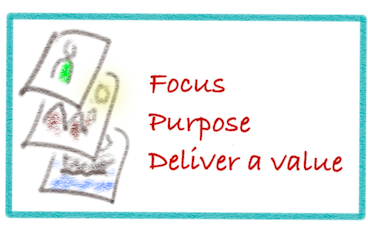
Fig.1 My niece´s photographic portfolio
Now how does this transfer to Enterprise Portfolios? Here we also have collections. But these collections comprise Large Strategic Initiatives. The big business and technical things that will power our portfolio (and business) over the medium to long term. At the Portfolio level we are typically talking about initiatives that run into many hundreds of thousands, or millions of Euros. We are not talking about features and stories here.
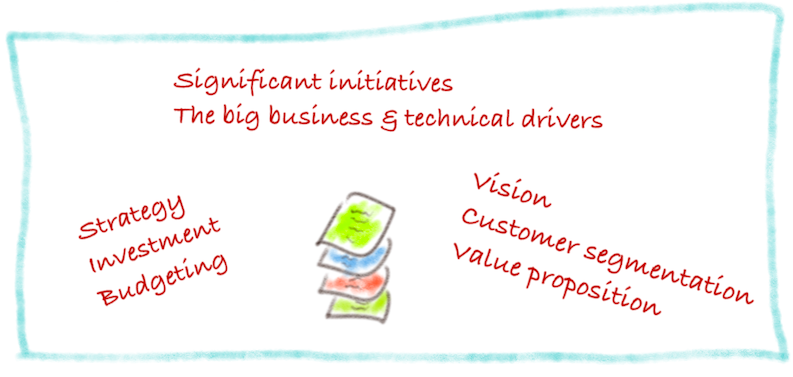
Fig. 2 What bounds an Enterprise Portfolio?
This portfolio of strategic initiatives is often bundled together through a common Vision, Customer segmentation or a specific value proposition. The Portfolio is formed around a common Strategy, which impacts how much the enterprise invests in that Portfolio and the budgeting decisions within the portfolio.
So this are typically how we see an “enterprise portfolio”. However most Large enterprises typically manage multiple portfolios. Let‘s take an Insurance company as an example. It may have a portfolio for Property Insurance, another for Life Insurance, and a third for Industry. Each of these Portfolios is bundled together via a common Focus – Purpose and Value. And each of them is managed through Lean Agile Portfolio principles and practices.
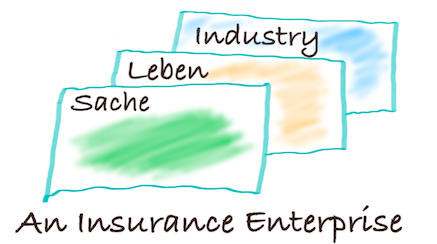
Fig. 3 An Enterprise with multiple portfolios (Property, Life, Industry)
Lean Agile Portfolios contain the strategy, investments and significant initiatives to validate, adapt and deliver the strategy, bundled around a common focus, purpose and value. The realisation of portfolio strategy is enabled through agile teams and programs.
What does a Lean Agile Portfolio look like?
Now let‘s look at what we typically observe within Lean Agile Portfolios. One of the first things we´d expect to see would be Transparency. Typically this means we have a Portfolio Kanban process that is helping us manage the flow of value. It makes the things we are working on, the throughput of value, and the tradeoffs we are making, transparent.
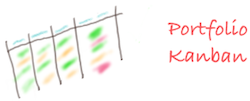
Fig. 4 A portfolio Kanban provides transparency and (opportunity for) flow management
A second element is transparency over DEMAND and CAPACITY. We typically find the scope of demands in large Portfolios far outstrips our ability to deliver that through the teams and programs. By making this transparent we can then start to address questions of priorities, de-scoping, focusing on outcome and not output etc. We wish to balance demand and capacity to be able to deliver the most valuable outcomes for the Portfolio.

Fig. 5 We wish to balance demand and capacity (stop „committing“ to more work than can actually be done )- focus on value outcome
We then then expect to see alignment. We have a large number of people contributing to the Portfolio. We have senior business executives, finance and controlling, business owners, agile programs (Areas, Agile Release Trains etc.), we have agile teams, etc. etc. – and it is the “people” who actually deliver the value outcomes. Therefore a major aim of Lean Agile Portfolio Management is to align and synchronise the “people” and the “vision” and “strategy. This is crucial so that we all understand the Focus, Purpose and Value the portfolio stands for – and this in turn gives us a north star that helps guide us in our local decision making.

Fig. 6 We need to align everyone within the portfolio on the overall vision and strategy
A forth element we expect to find in a Lean Agile Portfolio is a focus on funding people, teams & value streams, and not Projects. We want to stop funding and organising around projects, and start funding and organising around value. In doing so, we have more freedom and flexibility to focus on optimizing value rather than on “project completion”.

Fig.7 Stopping funding projects and start funding value streams
Finally, we see our Plan-Do-Check-Act cycle at the portfolio levels. We have cadence-based Strategy, Portfolio and Budget Review. At regular intervals we inspect and adapt to ensure we are focused on the right things based on the right learning.

Fig. 8 We move from yearly strategy and budget cycles to cadence-based inspect & adapt cycles focused on outcome
The Portfolio is now starting to exhibit the same lean agile values and principles (and practices) we see working at the team and program levels. We now have a better chance of reaching our enterprise goals in times of accelerating change, complexity and uncertainty.
Sounds nice! But what about doing this in practice?
To help answer this, I gathered together the experiences we have made with a number of customers during 2019/2020. These are the Pragmatic Steps they have followed along their Lean Agile Portfolio journey. So what have they actually being doing? Here are stickies I gathered:

Well, the first step is to Define and Align on what the scope of the Portfolio actually is. What IS the actual portfolio? How do we define it? Who is needed, and what products & services are “in” and “out” of this portfolio. This is important as we often have different opinions about what our Portfolio is or could be. So first define the boundaries of the portfolio – and align on this.

A second step is to visualise the current portfolio through a Portfolio Kanban. What initiatives are in progress? What is currently scoped for the coming period? What things are in the pipeline and could be future initiatives. How balanced is demand versus our realistic capability to deliver? Here we are taking a Kanban approach of “visualise your work”. This transparency forms the basis for Lean Agile Portfolio Management.
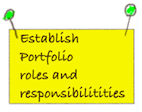
The third step is to define the roles and responsibilities within portfolio management. We expect to see senior executives, business owners, Lean Agile Competence/change teams taking roles here. We need to be clear about what needs to be done, and who can contribute to this.

The next step (and, yes, you can re-order these steps depending on your context) is to define the Strategy of the portfolio, and what themes and high level initiatives need to be considered for the portfolio to be successful. Approaches such as Wardley Mapping, may be used to map out the business landscape and identify strategic opportunities. Our experience has been that many customers are using OKRs (Objectives and Key Results) to define and communicated their strategic goals. The “initiatives” they generate are focused upon contributing to the desired key results.

Once we have established these first steps, companies tend to invest more time in refining their high level demands. Perhaps creating lightweight lean Business Cases, and sorting the backlog of initiatives based upon value based ordering such as cost-of-delay. They are starting to discuss tradeoffs between initiatives and making hard decisions about what needs to take priority for the portfolio to be successful.
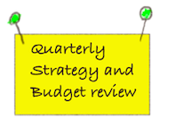
The next step is to address the budgeting approach. Companies start to move away from a yearly budget and strategic planning cycles to a quarterly cycle. The quarterly budget review takes a hard look at where value is actually being created, where not, what has been learned from the market from customers, and makes budget and strategic adjustments accordingly.

A final step is where we see that companies have implemented cadence based planning at the strategy and budgeting level, and have evolved ways to provide „just enough“ strategy and budgeting guidance to align everyone to enterprise strategic goals, and provide a north star for the agile teams and programs within the portfolio.
Companies are taking a pragmatic approach to transforming towards Lean Agile Portfolios. This process can take a few months, but more likely it is part of a change process over a longer time span. But take note: if your strategic portfolio is „old school“ and the teams and programs have embraced lean agile, don´t be surprised if you are hearing senior people say „now our teams are agile, but we don´t seem to be achieving our strategic goals the way we hoped..“. Transform your portfolio and stop holding the people who actually deliver value back !!!
Final words
Ok, thats what I wished to share with you in this short blog. There is a lot to Lean Agile Portfolio Management. but moving from traditional project portfolio management to Lean Agile Portfolio Management has the opportunity of allowing organisations the chance to release a lot more value.
If you are interested in learning more, and are perhaps in the process of trying to (or are thinking about starting to) make this change, then Improuv can support you in three ways:
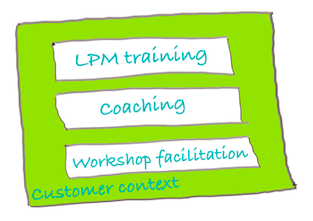
Please give us a call if you want to talk about our experiences with Lean Agile Portfolio and how could help help you get up-and-running more effectively.
If you are interested specifically in digging much deeper into this topic then join one of our Lead Portfolio Management trainings/workshop – click here for more info.
I hope you can take something positive away from this blog, and I look forwards to any comments and feedback.
Stuart.fish@improuv.com / +49 171 318 4380
